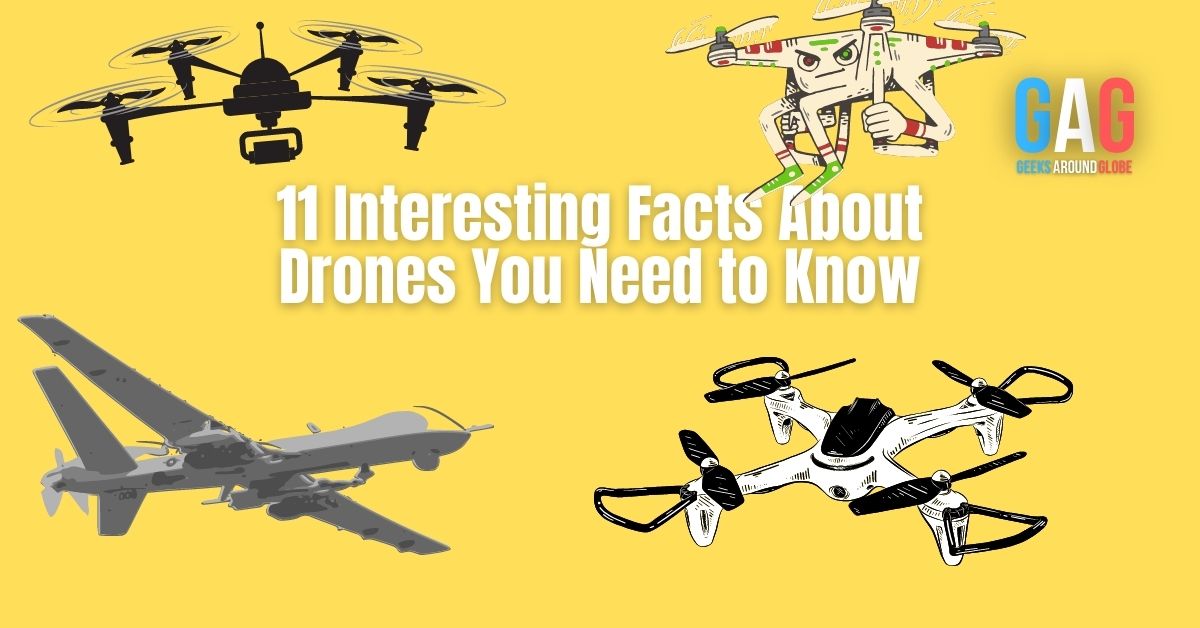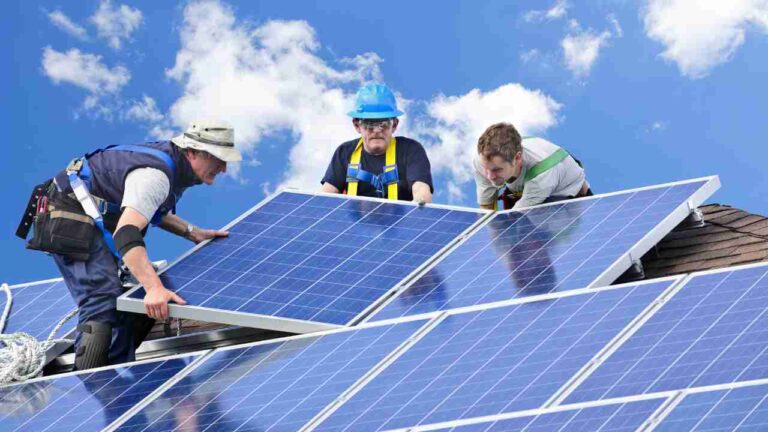- 1. Benefits of Using Drones for Bridge Inspections
- 2. How Drone Technology Works for Bridge Inspection
- 3. Integrating Drones into Regular Maintenance Protocols
- 4. Advanced Technologies Enhancing Drone Capabilities
- 5. Environmental Impact and Sustainability
- 6. Collaborative Insights for Better Infrastructure Planning
- 7. Conclusion
Infrastructure around the world is evolving rapidly, and one of the primary drivers of this change is technology. Among the plethora of innovations, drones are emerging as a game changer, particularly in bridge inspections. The traditional ways of inspecting bridges often involved a significant workforce, special equipment, and sometimes even traffic disruptions.
Utilizing a drone for bridge inspection can streamline this process, ensuring that bridges – crucial transportation network connectors remain safe and well-maintained.
Benefits of Using Drones for Bridge Inspections
- Enhanced Safety: Previously, inspectors had to rely on ropes, scaffolding, or under-bridge inspection vehicles to reach certain areas of a bridge. This exposed them to potential hazards. With drones, the risk to human inspectors is greatly minimized, as they can remotely operate drones to cover hard-to-reach areas.
- Efficiency and Speed: Drones can cover large areas in a short span of time. They can take high-resolution photographs or videos of the bridge’s surface, allowing inspectors to get a comprehensive view quickly. This means inspections can be completed faster than traditional methods.
- Cost-Effective: Removing the need for heavy machinery, road closures, or large teams means reducing the overall cost of a bridge inspection. While the initial investment in a quality drone might be significant, the long-term savings are undeniable.
- Detailed Data Collection: Drones equipped with modern cameras and sensors can collect detailed data that might be difficult for a human inspector to obtain. This includes close-up images of cracks, rust, or other structural issues.
How Drone Technology Works for Bridge Inspection
Drones, often called Unmanned Aerial Vehicles (UAVs), are equipped with cameras, sensors, and sometimes even artificial intelligence to carry out their tasks. For bridge inspections:
- High-Resolution Imaging: Drones capture high-definition images and videos, allowing clear visuals of the bridge’s condition. These visuals can be analyzed in real-time or saved for later.
- Thermal Imaging: Some drones come with thermal cameras, which can detect issues not visible to the naked eye. For instance, water seepage or temperature-related stress can be identified using this technology.
- 3D Mapping: Advanced drones can create 3D models of the bridge. This helps understand the bridge’s structural integrity and aids in planning repair work if required.
Integrating Drones into Regular Maintenance Protocols
The potential advantages of using a drone for bridge inspection have led many infrastructure management agencies to consider integrating drones into their regular maintenance and inspection protocols.
- Scheduled Inspections: By scheduling drone flights at regular intervals, potential issues can be detected early. Predictive maintenance, aided by consistent data from drones, ensures that minor problems are addressed before they escalate.
- Emergencies and Natural Disasters: In the aftermath of natural disasters such as earthquakes, floods, or hurricanes, drones can be rapidly deployed to assess the damage. This immediate response can prevent further deterioration and aid in planning the necessary repairs.
Advanced Technologies Enhancing Drone Capabilities
As drones become more integral to bridge inspections, the technology that powers them is also advancing rapidly.
- Artificial Intelligence (AI) and Machine Learning: Some drones now have AI capabilities, allowing them to recognize patterns, defects, and irregularities more effectively than the human eye. Over time, with machine learning, these systems improve their accuracy, making predictive maintenance even more precise.
- Extended Battery Life and Range: The duration a drone can stay airborne and the distance it can cover are essential for comprehensive bridge inspections. Advances in battery technology and drone design extend flight times, making it possible to inspect even vast or complex bridge structures in a single flight.
- Robust Data Management Systems: The vast amount of data drones collect necessitates robust data management systems. These systems store images and videos and classify and analyze them. Integration with cloud computing allows multiple teams to access and evaluate the data simultaneously.
Environmental Impact and Sustainability
An often-overlooked advantage of using drones is the positive environmental impact.
- Reduced Carbon Footprint: Traditional bridge inspection methods, which might involve road closures, cause traffic congestion and increase vehicle emissions. Drone inspections, being less intrusive, can mitigate this issue.
- Noise Pollution: Drones, especially the newer models, are designed to operate quietly, reducing noise pollution in the vicinity of the inspection.
Collaborative Insights for Better Infrastructure Planning
Beyond mere inspections, drones also usher in an era of collaborative insights. With the real-time data drones generate, multiple stakeholders – from engineers to urban planners – can collaborate more effectively. Infrastructure planning and development isn’t just about maintaining what’s existing and predicting what’s next. By overlaying drone-captured data with digital simulations, city planners can anticipate how new infrastructural changes might interact with existing structures. This holistic view, combining present realities with future possibilities, allows for more informed decision-making.
As drones become more embedded in these processes, a synergy between technology and human expertise emerges, paving the way for infrastructure that’s safe and efficient and aligned with communities’ evolving needs.
Conclusion
The integration of drones into the realm of bridge inspection is an example of how technology can revolutionize age-old practices. It offers an amalgamation of efficiency, precision, and safety. Looking to the future, it is evident that with the right balance of innovation, training, and regulatory compliance, drone-assisted bridge checks will be a cornerstone in the evolution of global infrastructure maintenance.







